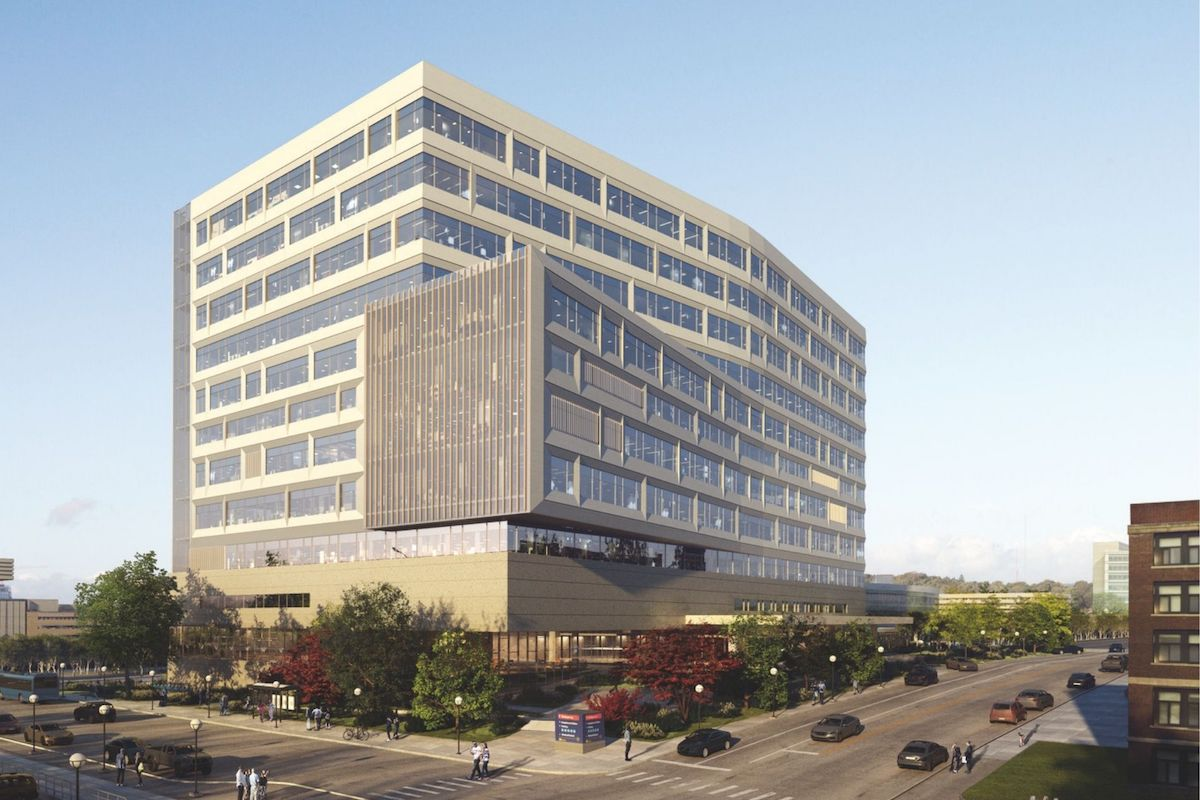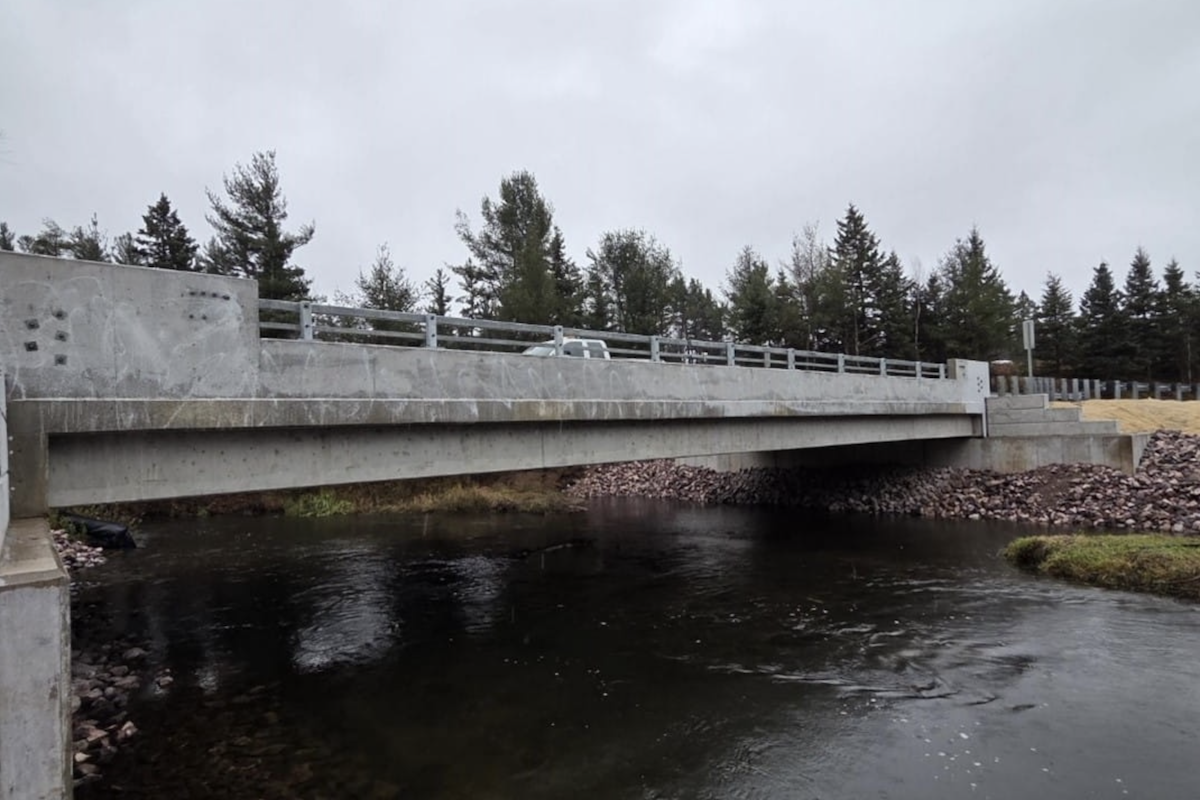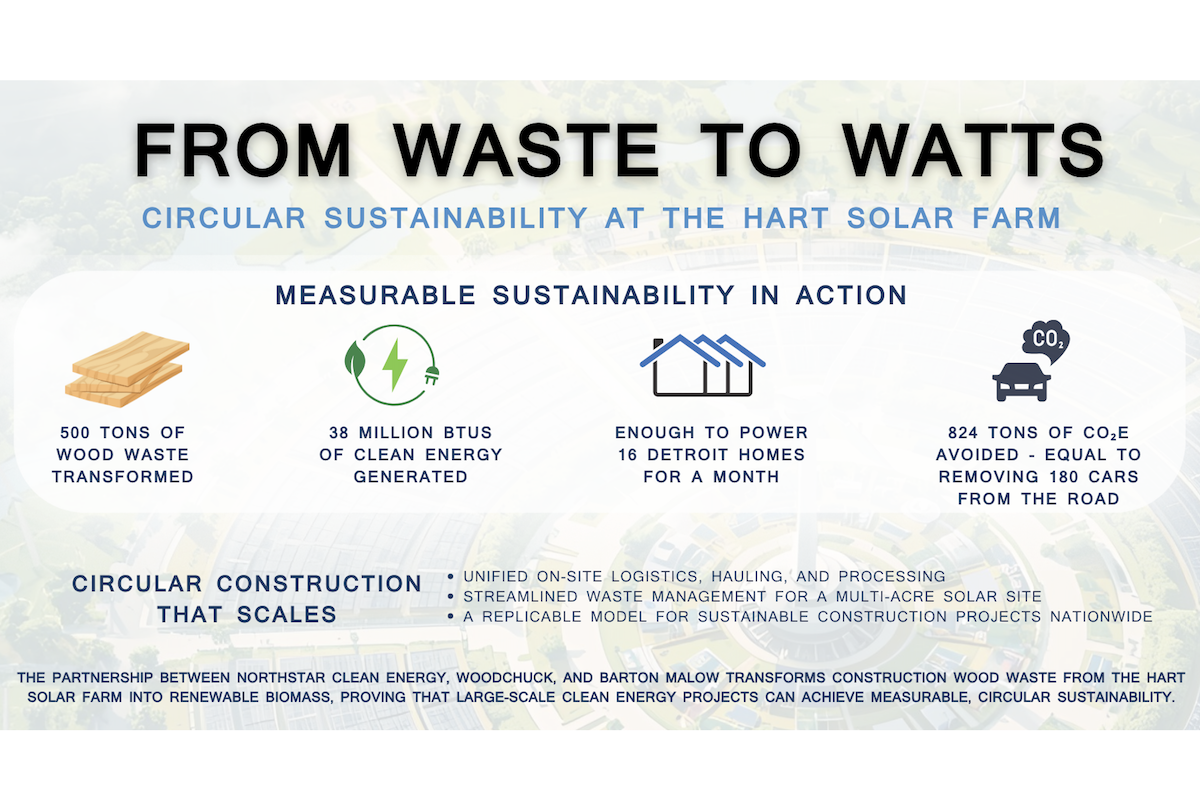“This project will improve traffic flow and enhance safety,” says Shanteé Felix, Assistant Media Relations Manager at the Office of Communications for the Maryland Department of Transportation State Highway Administration (MDOT SHA). “Crews will extend acceleration and deceleration lanes, add a marked bicycle lane, improve access to Forest Drive, and make other improvements that will benefit the estimated 67,000 vehicles that travel this section of the roadway each day in Prince George’s County.”
The existing geometry of the infrastructure along southbound MD 3 is the cause of major traffic concerns in the area, Felix explains. Oftentimes, motorists coming from side streets like Sylvan and Forest have trouble finding an adequate gap in traffic flow to cross over safely to northbound MD 3. This, in turn, can result in severe crashes.
To boost safety, the contractor is modifying access at the MD 3/Forest Drive intersection and creating a channelized median that will permit only right-in/right-out movements. “Motorists who are going northbound on MD 3 from Forest Drive will have to turn right and make a U-turn at the next median opening or use the Belair Drive interchange. These movements are safer than crossing southbound MD 3 directly,” Felix says.
The project is currently on track for completion this summer. Specific improvements include increasing the turning radius at the southbound MD 3/Forest Drive intersection; extending acceleration and deceleration lanes using the outside shoulder of southbound MD 3; providing right-in/right-out access to Forest Drive and left-in-only access to the median crossover; creating a marked bicycle lane on southbound MD 3; and upgrading drainage inlets and stormwater management facilities.

| Your local Deere & Co dealer |
|---|
| AIS Construction Equipment |
Along with providing better quality control over the compaction results, IC helps to ensure durable, long-lasting pavement performance. This compaction method has been used on highway surface construction as well as airport pavements, railway bases, ports, landfill covers, earth dams, and more.
Felix elaborates on the mechanics of this equipment-based solution. “Intelligent compaction uses vibratory rollers equipped with a measurement-documentation system to record various critical compaction parameters related to the stiffness of in-place material, temperatures, location, and number of roller passes in real time during the compaction process. The rollers are equipped with accelerometers, which use roller vibration measurements to assess mechanistic material properties and ensure that optimum compaction and uniformity are achieved by continuously monitoring the operations,” she says.
She adds, “This technology utilizes real-time kinematic Global Position System radio and receiver units mounted on each intelligent compaction roller to monitor the drum locations and track the number of roller passes along with sophisticated software to store, map, and analyze the data from the roller for speed, temperature, pass count, ICMV (intelligent compaction measurement value), and coverage area.”
MDOT SHA first began utilizing IC back in 2008; since then, however, the technology has only been used intermittently on state-owned transportation projects.
At the time of reporting, Ardent Construction’s specific plan for intelligent compaction was still under development. The contractor is required to prepare and submit a written intelligent compaction quality control plan to MDOT SHA at least 30 days before paving begins. The plan will include information such as the roller supplier, make, roller model, and the number of rollers to be provided.

| Your local Trimble Construction Division dealer |
|---|
| SITECH Michigan |
“Once potential conflicts were identified between the proposed interchange lighting for both projects, the design teams were notified and design changes were made to eliminate any potential conflicts or duplication of work,” Felix says.
As part of the OOTS project, the proposed traffic signal pole included a lighting arm for new LED overhead lighting with power supplied to the light via a new metered service pedestal.
“The design change was to consolidate the lighting between both projects, removing the new overhead light pole and the new service pedestal proposed at this intersection under the MD 3 at Forest Drive project. The proposed overhead light pole on the northbound MD 3 side will now connect to and be powered by the metered service pedestal installed under the OOTS project,” she adds.
Project officials decided to perform both geophysical and electrical resistivity surveys in order to detect and delineate the extent of the void. “The depth of the void was determined to be approximately 15 feet below-grade with a size of approximately 4 feet vertical and 3 feet horizontal,” Felix says. “It is believed that the void was caused by liquefaction of the coarse-grained soils. The liquefaction is caused by the pore pressure increasing within the coarse-grained soil matrix, and this pressure was likely driven by a high water table resulting from some combination of infiltration of water above the failure area and groundwater. As soon as the slope was excavated and the pore pressures increased, the coarse-grained soils flowed away, leaving the upper fine-grained soils bridging above.”
While the survey results showed that the void did not extend beneath northbound MD 3, to address the issue, the project team proceeded with creating a new engineering design, which will be added to the contract through the redline revision process.

| Your local Deere & Co dealer |
|---|
| AIS Construction Equipment |
“Safety is our top priority,” Felix comments, “and we want to use every tool in our toolbox to make sure that all users of our roadway system – pedestrians, motorists, and bicyclists – can get to their destinations safely.”
Photos courtesy of the Maryland Department of Transportation State Highway Administration

































































